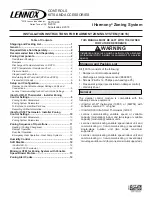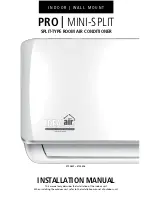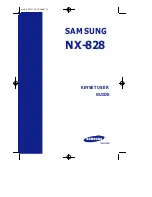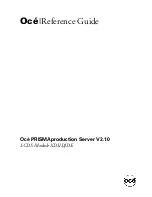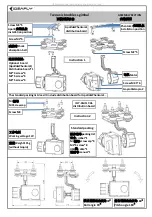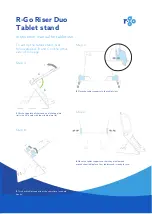
14
Zoning Alert Codes
Table 13. Alert Codes and Troubleshooting
Initial notification of critical alerts will pop up on the home screen and will be listed under notification menu. Minor and moderate alerts are found only
under the notification menu.
Alert
Code
Priority
Condition
Actual
Displayed Alert
Text
Component or System Operational State and Troubleshooting Tip
How to clear
alert code
105
Critical
Communication
Problem
A system component has lost communication with the system. System compo-
nent (device) is unable to communicate.
• This may indicate the existence of other active alert codes.
• In most cases errors are related to electrical noise. Verify that high voltage
power is separated from the low voltage communication wires.
• Check for incorrectly wired or loose connections between system
components (devices).
• Check for a high voltage source of noise close to the system.
Automatically clears
when the system
detects the issue no
longer exists.
114
Moderate /
Critical
AC Line
Frequency /
Distortion Prob
There is a frequency / distortion problem with the power to a specific system
component. There is a frequency / distortion problem with the power to a spe-
cific system component.
• This alert code may indicate transformer overloading.
• Check the voltage and line power frequency.
•
Check the generator operating frequency, if the system is running on back-
up power.
• Correct voltage and frequency problems.
•
System will resume normal operation five seconds after fault recovered.
• All applicable system component outputs are disabled – moderate
condition.
•
After 10 minutes, the priority condition is escalated – critical condition.
• Damper control module will operate in central mode only until proper
voltage is restored or frequency distortion is resolved – moderate condition.
Automatically clears
when the system
detects the issue no
longer exists.
115
Critical
Low Secondary
(24VAC) Voltage
24VAC power to a system component control is lower than the required range
of 18 to 30VAC.
• Check and correct voltage.
• Check for additional power-robbing system components (devices)
connected to system.
• This alert code may require the installation of an additional or larger VA
transformer.
• Damper control module will operate in non-zone mode until proper voltage
is restored.
Automatically clears
when the system
detects the issue no
longer exists.
120
Moderate
Unresponsive
DEVICE2.
There is a delay in the system component responding to the system. Typically
this alert code does not cause any operational issues and will clear on its
own.
• This alert code is usually caused by a delay in the outdoor unit responding
to the thermostat.
• Check all wiring connections.
Automatically clears
after an unresponsive
system component
(device) responds to
any inquiry.
124
Critical
Active Subnet
Controller
Missing
The thermostat has lost communication with a system component for more
than three minutes. System component has lost communication with the ther-
mostat.
• Check the wiring connections.
• Ohm wires.
• Cycle power.
• Check voltage at component.
This alert code stops all associated system operations and waits for a heart-
beat message from the system component that is not communicating.
Automatically clears
after communication
is re-established with
applicable system
component (device).
125
Critical
Control Hardware
Problem
There is a hardware problem on a system component control. There is a con-
trol hardware problem.
• Replace the control if the problem prevents operation and is persistent.
• Damper control module will remain in non-zone mode (all dampers open)
for five minutes after priority condition no longer exist.
• Remove jumper if present on indoor unit between R and W2 if equipment
interface module is in use.
Automatically clears
five minutes after the
issue no longer exists.
Summary of Contents for iHarmony 10C16
Page 16: ...16 ...

